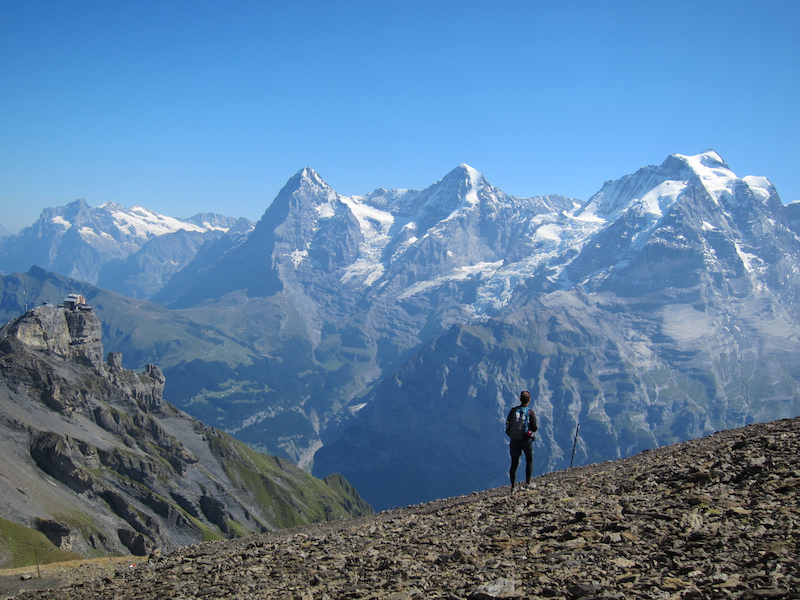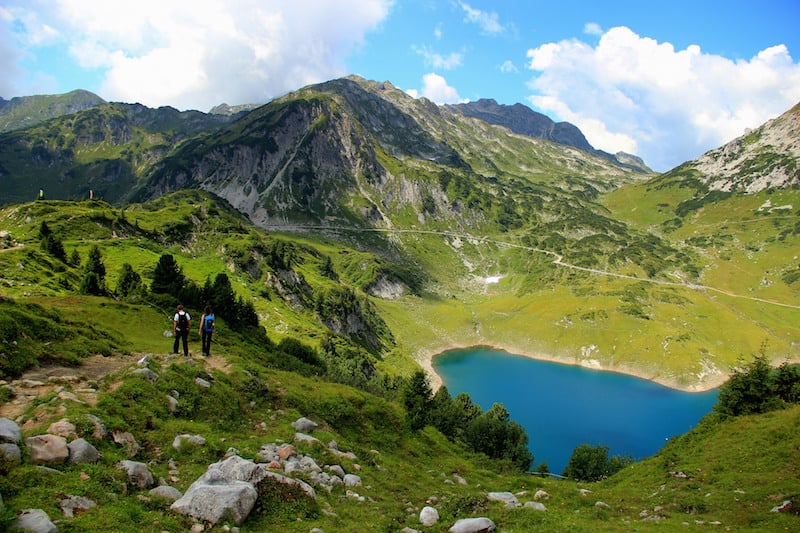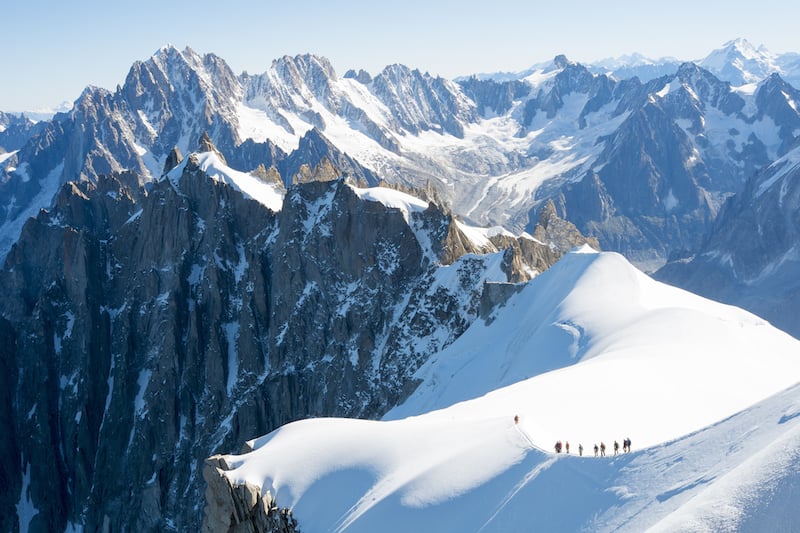Whether you’re trekking to the dizzy heights of Kilimanjaro, ticking off Everest Base Camp, or a tackling an ascent of Mont Blanc, you’ll be testing yourself not only physically, but also against nature, the freezing cold and, crucially, the altitude. The latter is a topic that regularly comes up in the outdoor world, and rightly so, but why does it present such a difficult obstacle to overcome? And why can it break someone even in peak condition?
As you climb higher, the air gets thinner…
Have you ever experienced that feeling in your ears as your plane takes off or lands? That’s caused by the change in air pressure as altitude changes. As you climb, pressure drops. This means the air is thinner, and the result is a reduced availability of oxygen. In turn, blood oxygen levels drop and the body is starved of oxygen for exercise and vital functions.
The noticeable effects of altitude
The first thing you will notice is just how much harder everything feels at altitude. At 5,000m, simply getting out of your tent to go to the loo will take your breath away and get your heart rate spiking. Oh, and you’ll be doing that a lot. To deal with all the extra carbon dioxide you produce at altitude, your body creates bicarbonate, which is excreted in the urine. Combine that with the diuretic effect of common anti-altitude sickness medication, and you’ll find yourself looking for a rock to hide behind more often than not.
 Photo: Sarah Marchildon
Photo: Sarah Marchildon
Some things you won’t notice
Your brain detects that you have less oxygen in your blood than you are used to. It therefore limits the intensity of any exercise you do, by sending messages via the central nervous system to slow down muscle contractions and also by preventing messages telling muscles to speed up. This is in part because the brain is greedy for oxygen, and must always maintain a constant supply. In order to sustain this level of cerebral oxygenation, the rest of the body has to go without, which means exercise intensity has to be limited.
You’ll also become dehydrated from the cumulative effect of exertion and increased urine. Beware that your blood can start to thicken. Whilst some would advocate taking aspirin to thin the blood, maintaining hydration status would be the best way to prevent thickening of the blood.
Acute Mountain Sickness
Acute mountain sickness (AMS) is the effect of acute exposure to high altitude, and it’s unlikely that anyone will venture to high altitude without experiencing some symptoms. Mild symptoms include headache and nausea, and can usually be treated with your usual painkillers. What’s more concerning is moderate AMS, when headaches aren’t going away with painkillers, or nausea turns to vomiting.
These symptoms can be treated with a medication like Diamox, but if ignored, things can get serious. Severe AMS can cause cerebral oedema (accumulation of water in the brain) or pulmonary oedema (excess fluid in the lungs). Whilst unlikely, it’s something that every mountaineer must be aware of.
What you can do to prevent altitude sickness
Be sensible! This means carrying all the supplies you may need, staying on top of your hydration, eating little and often, and most importantly, never ignoring any symptoms. Diamox can help ease moderate AMS but medical opinion is divided. For advice, speak to your GP. Prevention is better than cure, and hydration is key, so be sure to drink 3-4L of water per day depending on yourself and the situation.
Read more about how to prevent and treat altitude sickness here.
 Photo: EladeManu
Photo: EladeManu
The best way to prepare and prevent altitude sickness, is with a course of pre-acclimatisation, whereby you breath low oxygen air for short periods of time to train the body to deal with it. By instigating this adaptation, you are then more prepared for the challenge of high altitude, and the view from the top will be even more enjoyable.
Who’s writing?
James Barber is a sport and exercise science MSci student at the University of Bath, working as a performance specialist at The Altitude Centre (www.altitudecentre.com) to prepare travellers for high altitude. His adventures at altitude include a successful summit of Kilimanjaro, whilst at sea level he sticks to swimming, cycling and running.



